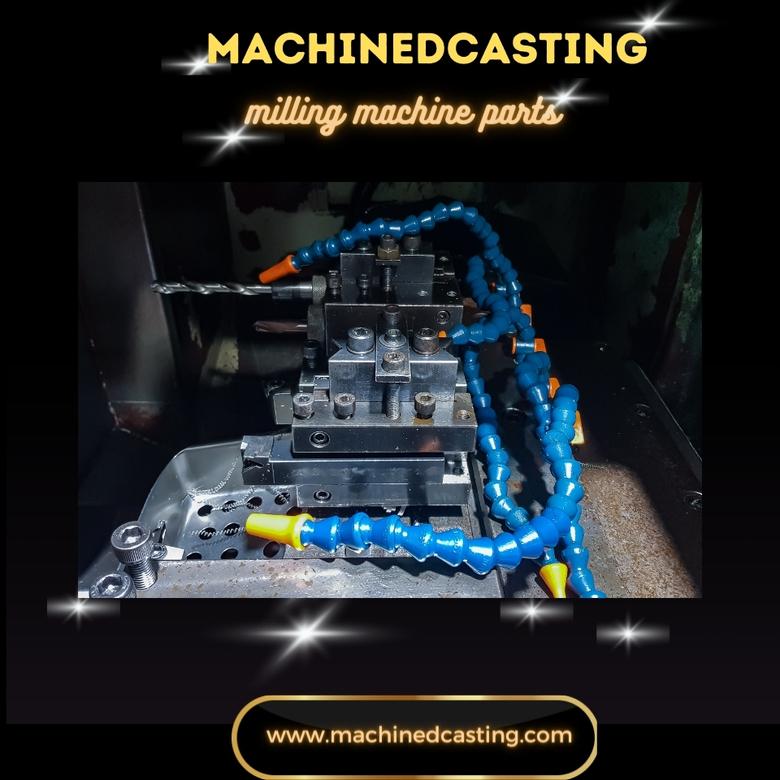Milling machines are essential tools in machining operations, used to shape solid materials like metals, plastics, and woods. Understanding the various parts of a milling machine is crucial for effective operation and maintenance. In this guide, we'll explore the key components of a milling machine parts and their functions to help beginners navigate this versatile tool with confidence.
-
Base: The base of a milling machine parts provides stability and support for all other components. Typically made of cast iron, it houses the column and other major parts. A solid base ensures precise and stable machining operations.
-
Column: Mounted on the base, the column supports the vertical movement of the spindle and other components. It also houses the mechanism for adjusting the height of the spindle, allowing for accurate positioning of the cutting tool.
-
Knee: The knee is a vertically adjustable platform that supports the saddle and table. It allows for vertical movement of the table, enabling precise depth control during machining operations.
-
Saddle: Mounted on the knee, the saddle moves along the length of the table. It houses the table feed mechanism and provides support for the workpiece and cutting tools.
-
Table: The table is the work surface where the workpiece is secured during machining. It can move in both longitudinal (X-axis) and transverse (Y-axis) directions, allowing for versatile machining operations.
-
Spindle: The spindle is the heart of the milling machine, responsible for rotating the cutting tool. It is housed within the headstock and can move vertically (Z-axis) for depth control. Spindles may have different speed settings for various machining tasks.
-
Headstock: The headstock contains the motor, gears, and pulleys responsible for driving the spindle. It may also include a quill feed mechanism for precise depth adjustments during machining.
-
Quill: The quill is a vertical extension of the spindle that allows for precise drilling operations. It can be manually or power-operated and provides additional depth control for drilling tasks.
-
Ram: The ram is a horizontal extension of the spindle that allows for horizontal movement of the cutting tool. It provides versatility for machining operations requiring horizontal adjustments.
Conclusion: Mastering the various milling machine parts is essential for efficient and accurate machining operations. By understanding the functions of each component, beginners can effectively utilize this powerful tool to create precise and intricate workpieces. With practice and familiarity, users can unlock the full potential of milling machines for a wide range of machining tasks.
